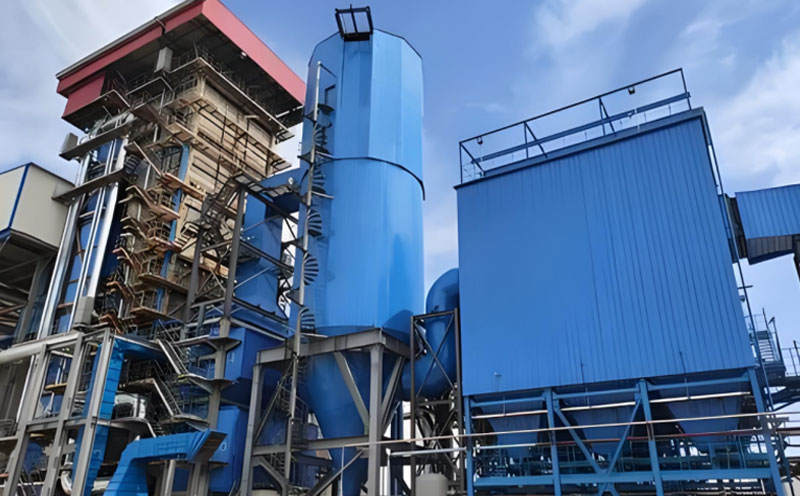Semi-dry desulfurization
Semi-dry desulfurization technology is a commonly used flue gas desulfurization technology, which mainly absorbs sulfur dioxide in flue gas by spraying dry lime powder or semi-dry lime emulsion. The basic principle of this technology is to spray lime into flue gas, and lime and sulfur dioxide react chemically to form gypsum, thereby removing sulfur dioxide from flue gas. The main process of semi-dry desulfurization includes spraying equipment, lime powder conveying system and gypsum discharge system. After the flue gas passes through the dust removal equipment to remove dust, it enters the desulfurization tower and sprays lime powder or semi-dry lime emulsion at the same time. Lime reacts with sulfur dioxide to form gypsum, and gypsum particles are deposited in the gypsum pool at the bottom of the desulfurization tower together with lime powder. The flue gas after desulfurization is discharged from the top of the desulfurization tower and discharged into the atmosphere.
The advantages of semi-dry desulfurization technology include good effect of treating sulfur dioxide in flue gas, suitable for combustion of small-particle coal powder, and high desulfurization efficiency. In the semi-dry desulfurization process, lime powder or semi-dry lime emulsion is sprayed to form fine droplets or powder, which increases the effective contact area between lime particles and flue gas and improves the desulfurization efficiency. In addition, the gypsum formed during the desulfurization process can also be used as a valuable resource for building materials, cement production, etc. Semi-dry desulfurization technology has the characteristics of high efficiency and wide application range, and has been widely used in industrial production. However, this technology also has some disadvantages, such as high automation standards, uncontrollable amount of adsorbent, and low absorption efficiency. Therefore, the selection and development of reasonable adsorbents is a new problem faced by this method1. Semi-dry desulfurization technology can be divided into many types, such as spray drying, semi-dry and semi-wet method, and powder-particle spouted bed method, etc. Each method has its own unique working principle and advantages and disadvantages2. For example, the advantages of spray drying desulfurization include simple process technology, dry reactants such as CaSO and easy handling of CaSO₄, no serious equipment corrosion and blockage, and less water consumption. However, its disadvantages include high automation standards, uncontrollable adsorbent dosage, and low absorption efficiency.




